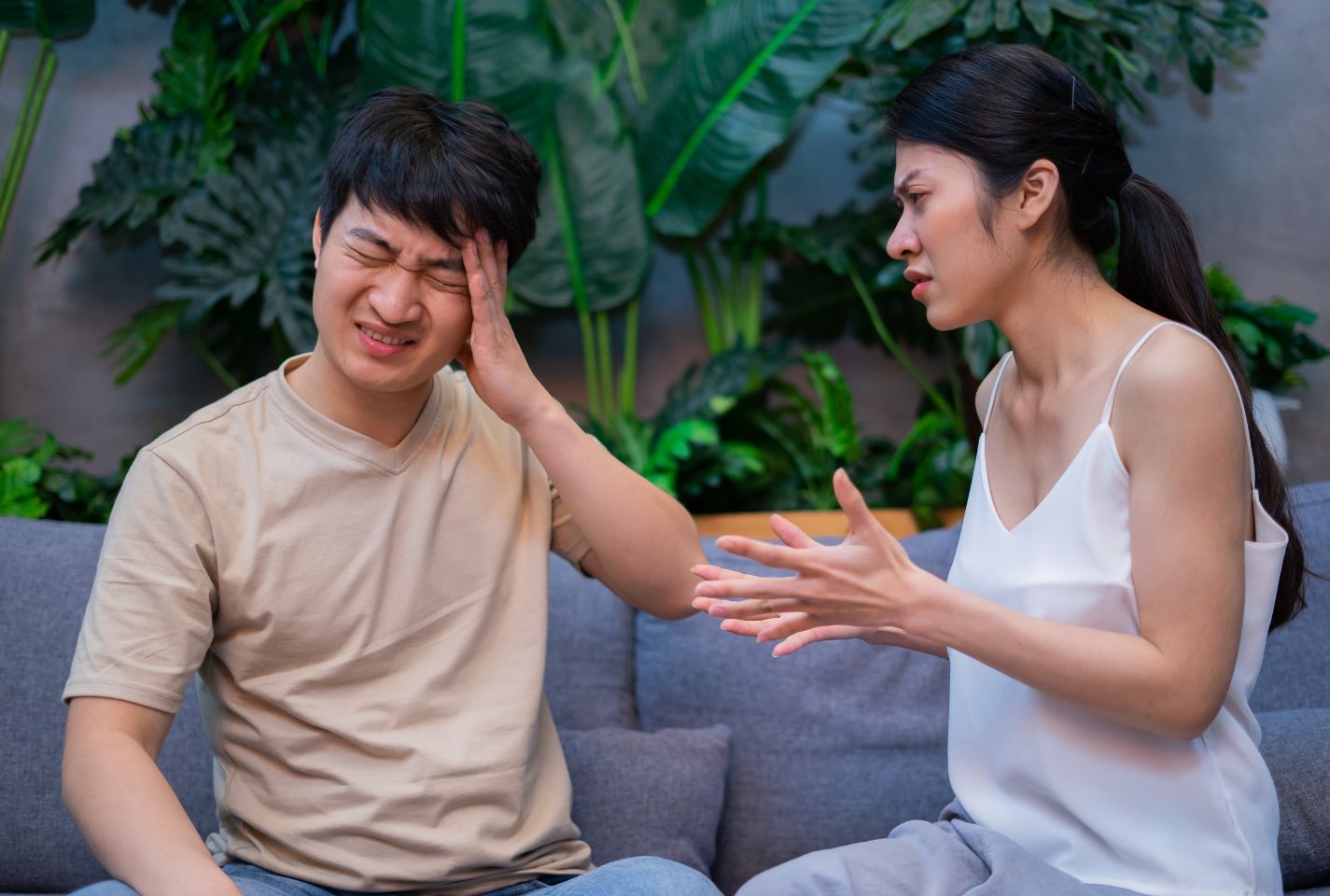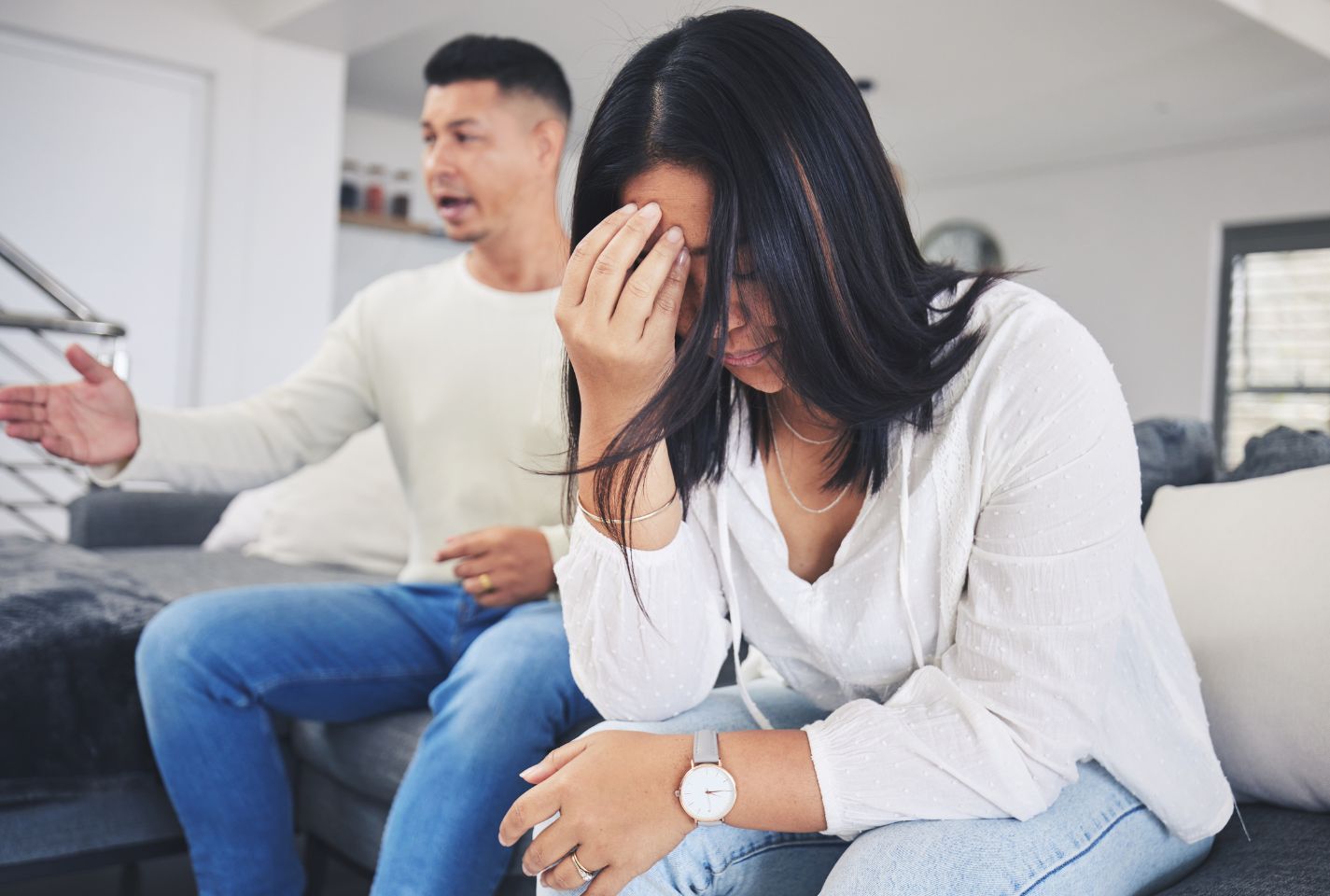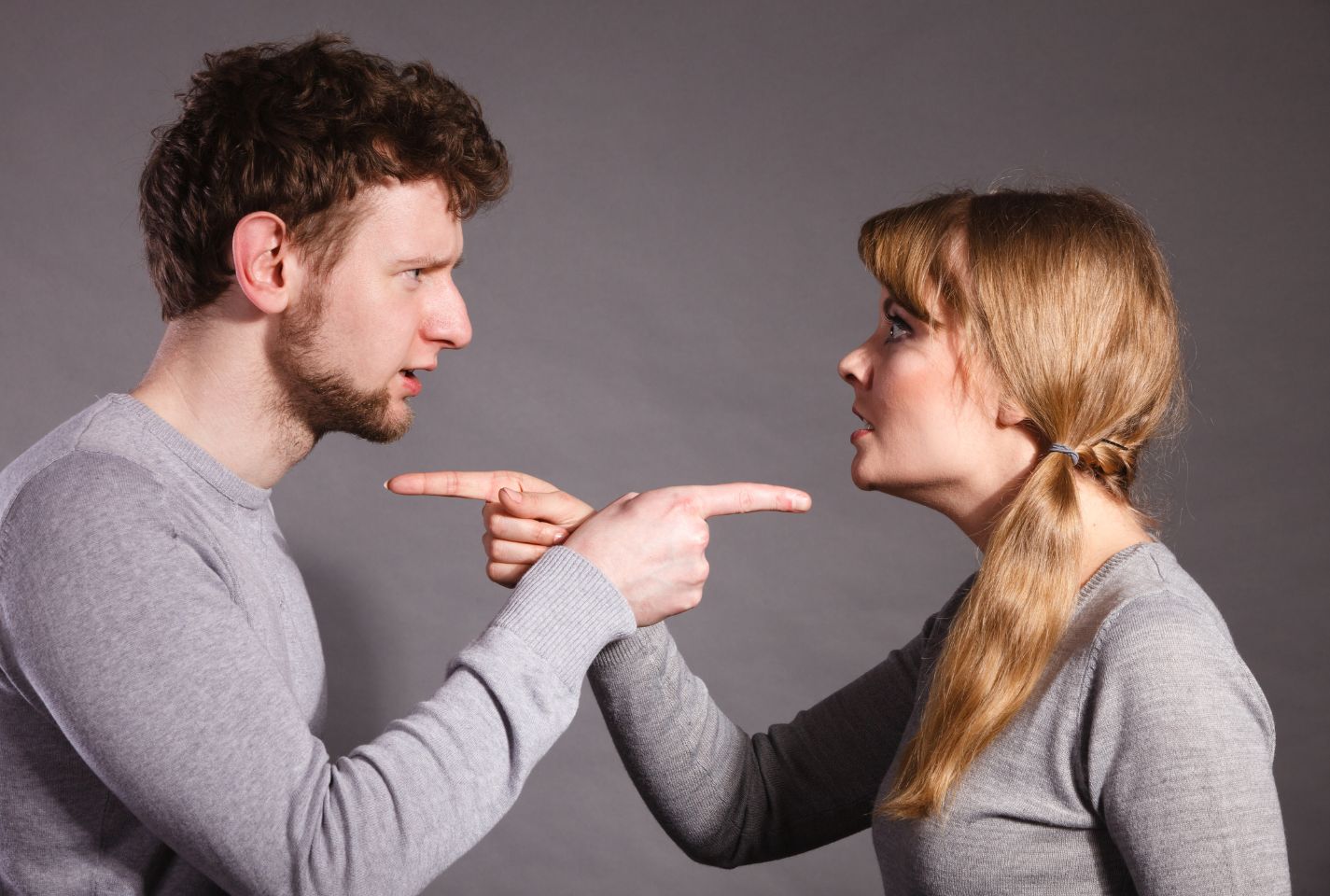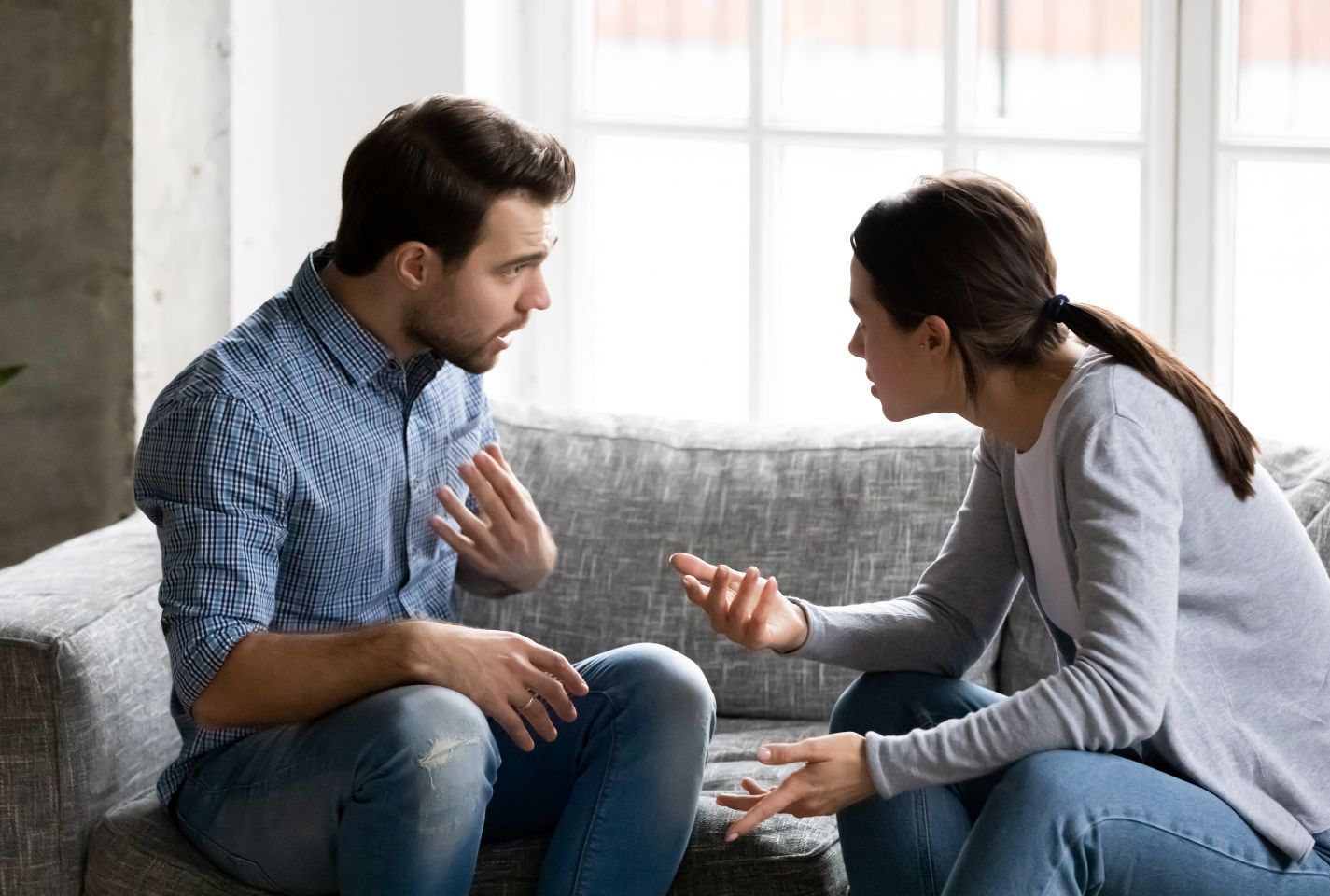As a relationship coach with over 15 years of experience counseling couples, I have seen the immense pain and struggle that toxic relationships can cause. Time and again, I have worked with clients trapped in unhealthy patterns, desperately wanting things to be different but not knowing how.
After witnessing these damaging cycles first-hand for so many years, I have developed a deep understanding of the phases and warning signs of a toxic relationship. More importantly, I have discovered effective strategies to empower people to break free from toxicity, heal themselves, and eventually foster healthy, fulfilling connections.
In this comprehensive guide, I will share everything I have learned over my career about toxic relationships – from identifying them, to breaking their sinister spell, to recovering once you escape. I will also draw on academic research and expertise to validate the advice, ensuring this content is fact-checked.
My aim is to support anyone trapped in an unhealthy dynamic, providing them with the clarity, courage and tools needed to regain control of their life. Because you deserve so much better, and it is possible to get there.
What is a Toxic Relationship?

Before exploring the different stages, it is crucial we define what constitutes a toxic relationship:
A toxic relationship is any relationship, whether romantic, familial or platonic, that involves recurring unhealthy patterns. These patterns cause significant emotional, psychological or even physical damage to one or both people.
Toxic relationships are characterized by behaviors that erode self-esteem and wellbeing over time. These can include manipulation, disrespect, lack of support, extreme jealousy and verbal or physical aggression.
Victims often feel like they are walking on eggshells, compromising their needs, or being prevented from seeing friends and family. The relationship leaves them constantly anxious, unhappy and drained.
It is critical to stress that abuse of any kind is unacceptable. Toxic relationships should not be deemed normal or inevitable. There are always healthier alternatives out there.
If any of this resonates with your situation, keep reading. Understanding the toxic cycle is your first step to breaking free.
The 4 Stage Cycle of a Toxic Relationship

Through years of coaching clients, consistent patterns in toxic relationships emerged. Abusive and unhealthy dynamics tend to unfold across four key stages:
Stage 1: Tension Building
In this initial phase, stress and unease gradually accumulate. Communication often deteriorates, and emotional distance grows. Both parties may feel like they are treading on thin ice, fearful any misstep could spark conflict.
This tension lays the groundwork for more overt toxicity later in the cycle. Sufferers describe the feeling as a “calm before the storm”.
Stage 2: Incident

The tension reaches a breaking point and erupts into a significant negative event – verbal, emotional or even physical abuse.
Seeing a once loving partner act so destructively often constitutes a moment of clarity for victims trapped in the toxic cycle. It can compel them to make changes.
Stage 3: Reconciliation

In this phase, the abusive partner attempts to reconcile after an incident, often promising change through apologies, gifts or affection.
This ‘honeymoon period’ leads victims to doubt whether the relationship can or should be saved after all. They focus on the good times instead of the toxicity.
Stage 4: Calm
A period of perceived “normality” follows where abuse may not occur. This gives false hope that the relationship has improved and the toxicity ended.
In reality, this calm stage eventually gives way to escalating tensions, restarting the toxic relationship cycle.
Why is it Hard to Break the Toxic Cycle?
Despite recognizing they are trapped in a sinister pattern, many still struggle to break free from a toxic relationship cycle. There are five key reasons why:
1. Trauma bonding

Also known as Stockholm Syndrome, trauma bonding occurs when abuse leads to powerful emotional bonds forming. This breeds loyalty to the abuser and compels the victim to stay.
2. Fear
Victims often know leaving would incur severe retaliation from the abusive partner. This can create paralysis and prevent escape.
3. Lack of self-worth

Toxic relationships erode self-esteem over time. Victims cling on hoping things will improve because they have lost confidence they deserve better.
4. Social stigma
Fears of judgment or failure to conform to societal pressures/expectations also compel victims to remain in unhealthy relationships.
5. Financial dependence

Partners without independent financial means can feel trapped in toxic relationships. Their partner may enforce this helplessness deliberately.
How to Break the Toxic Relationship Cycle
Escaping any toxic relationship cycle requires courage, resilience and support. Based on experience coaching clients to safety, I recommend the following:
Seek Professional Support
An expert therapist or counselor facilitates the escape strategically – helping you process emotions, gain clarity and rebuild self-worth in a nurturing space. They also help discern viable exit strategies.
Establish Clear Boundaries

Define what behaviors you consider unacceptable and communicate this assertively to your partner. Reiterate serious consequences if they violate defined boundaries.
Gather Evidence
Collect evidence of abuse discreetly to validate your experiences if questioned later. Photos of injuries or recordings of aggressive encounters help counter gaslighting and accusations after escape.
Build Community

Develop a robust support network – trusted friends, family, domestic abuse charities or online communities. A strong collective team makes strategic escape and healing afterwards much more viable.
Execute a Safety Exit Plan
Sometimes the only path is to strategically leave when safely possible. Professionals can help you stealthily open separate bank accounts, gather belongings and secure alternative accommodation to facilitate this. Charities also provide practical means and funding if you lack financial independence.
Healing & Recovery After Escaping Toxicity
The journey to heal from emotional trauma and rediscover self-worth post-escape is challenging. But you must remember hope exists – countless survivors have recovered and thrived after breaking free.
I guide clients through five stages of recovery to ensure they process trauma healthily:
1. Shock & Disbelief

Initially a dazed sense of disbelief is common. Numbness, disorientation and emotional volatility also occur as the shift in reality sets in. Professional support aids processing this.
2. Pain & Guilt
As the disbelief fades, painful emotions you repressed surface. This is an important stage – feeling anger, grief and regret means you are no longer numb and are reconnecting to yourself. Release these emotions healthily through counseling.
3. Depression
The weight of painful emotions may then lead to depression. Counseling, community support and self-care limit descent into severe darkness. This too shall pass.
4. Rebuilding & Growth
With support, and once painful emotions are healthily released, positive change follows. You can rebuild self-esteem, regain independence and nurture new healthy connections.
5. Acceptance & Hope
Finally, the trauma permanently transforms into wisdom. You ultimately accept what happened, knowing it no longer defines you, and feel hope and excitement for a much brighter future surrounded by love.
How Past Trauma Can Trap Us in Toxic Cycles
To avoid repeating toxic relationship cycles in the future, it is necessary to reflect on what made you susceptible initially.
Often, dysfunctional relationships and emotional neglect in our formative years lay the groundwork. They can leave us craving toxic connections in adulthood by distorting our understanding of intimacy and care.
Trauma bonding then deepens this attachment to toxicity. If childhood trauma occurred, counseling helps you process its impact on your psychological blueprint, allowing healthy relating moving forward.
Equally important is gaining clarity on what constitutes real love versus toxicity. Comparing the dysfunctional patterns witnessed growing up against fundamentally healthy relating is imperative.
For example, respect, safety and nurturing support always constitute the foundation of healthy relating – not jealousy, control or abuse. Reminding yourself of such truths builds resilience against future toxicity.
Ultimately we must show ourselves compassion – toxic relationships form complex trauma bonds that hijack our psyche. Focused inner work and professional support can override this.
You Always Deserve Healthy Love
The most pivotal lesson I have learned as a relationship coach is that every human being deserves caring, uplifting love. Never believe otherwise, even if abusive partners convince you this basic right to wellbeing is forfeit.
I promise once you escape toxicity and undertake your healing journey, you draw closer to the healthy reciprocal love you have always merited.
With the right support, strength and self-compassion, you can break free from relationship toxicity forever, heal your wounds and build connections that help you thrive. This guide outlines everything you need to progress through that journey.
Now, let me ask you an important question – are you ready to take that first step? Reach out now if you need guidance. Freedom awaits.








